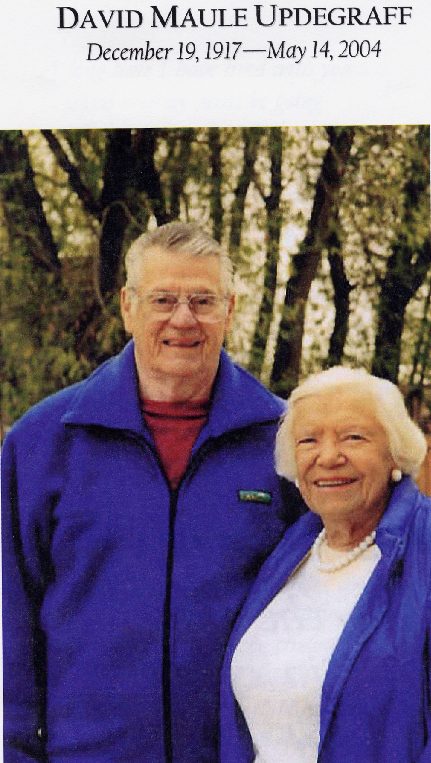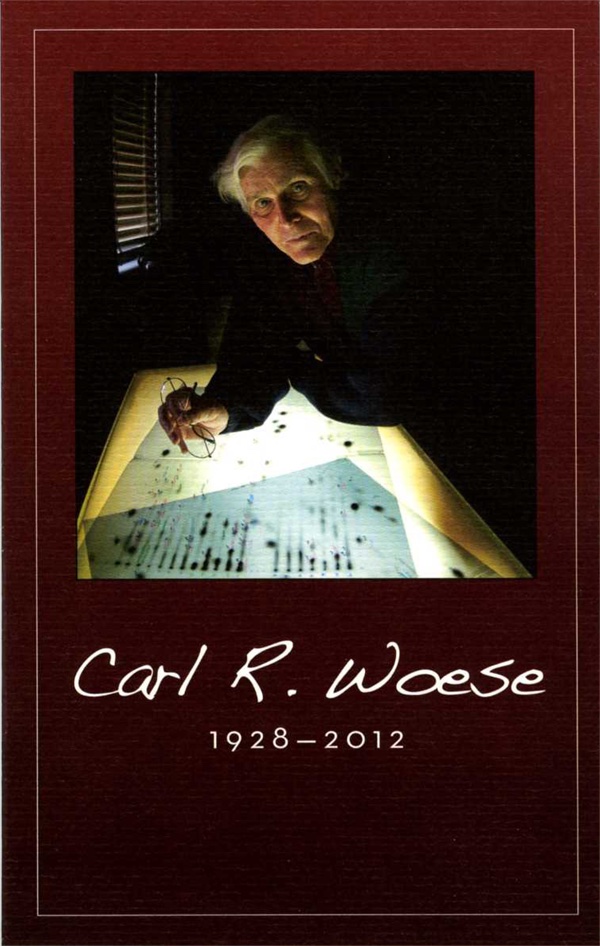About
John R. Spear, Ph.D
Professor, Department of Civil and Environmental Engineering
Dr. John R. Spear is a professor of environmental microbiology focusing on geobiology, life in “extremes”*, and climate change. John has taken a wandering path through life: growing up next to NASA’s Jet Propulsion Laboratory; educated by Ms. Laurie Patterson at La Cañada High School; college at the University of California, San Diego; time at the Scripps Research Institute in La Jolla, California. John has worked in ski rental shops in Summit County, Colorado, and was a full-time instructor at NOLS, the pioneering outdoor education school, for a number of years, where he specialized in mountaineering, caving, and canyoneering. After a 13-year graduate and postdoctoral career in Colorado, he is now a full professor at the Colorado School of Mines as an environmental microbiologist with more than 200 weeks of field time. But the best part of all is the time spent with his most-amazing family!
* because isn’t all life extreme? I mean, you sit on a couch, breathe oxygen, drink and metabolize solvents, and get bombarded by electromagnetic radiation from the TV on the wall and the phone in your hand—all while not spontaneously bursting into flame as your cells metabolize and pass electrons to oxygen; that is pretty extreme!
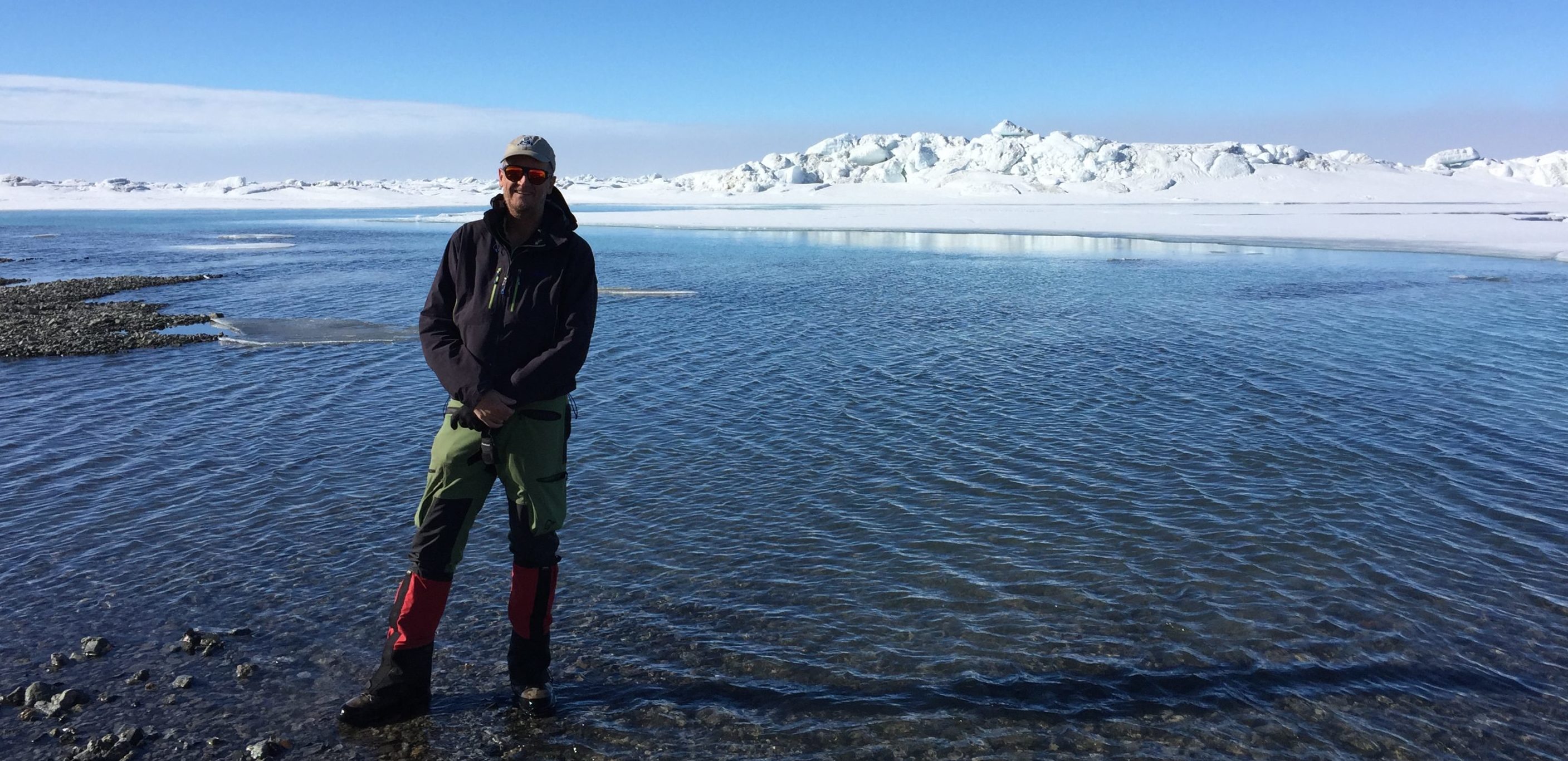
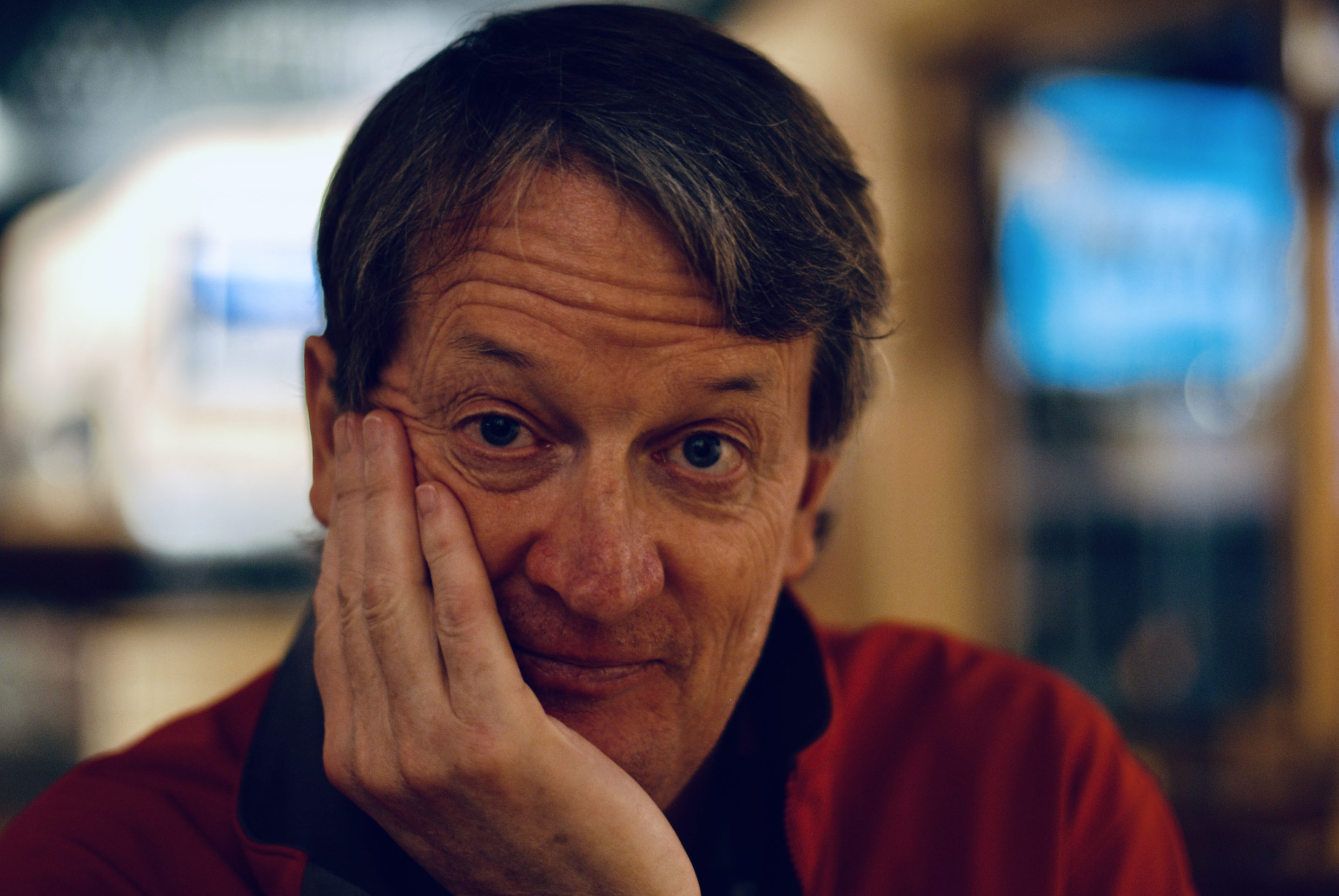
education
- Postdoctoral Research Associate, University of Colorado, Boulder 1999 – 2005 Molecular, Cellular and Developmental Biology, Laboratory of Dr. Norman R. Pace
- Ph.D., Colorado School of Mines, Division of Environmental Science and Engineering, 1999
- Microbial Diversity Course, Marine Biological Laboratory, Woods Hole, MA, 1998
- M.S., Colorado School of Mines, Division of Environmental Science and Engineering, 1994
- B.A., University of California, San Diego (Animal Physiology/Biochemistry; Minor–Psychology)
- Curriculum Vitae available upon request
Research Interests
- Geobiology
- Environmental Microbiology
- Molecular Microbial Ecology
- Microbiology of ‘Extreme’ Environments – Any Environment
- Bioremediation of Metals
- Bio / Renewable Energy
- Microbiology of Caves and Karst
The great majority of life on Earth is microbial in size, things only visible through the microscope. Almost all of these microbes are harmless to humans, and, in fact, provide vital ecosystem services to just about every habitat on the planet – including our own bodies. We are interested in the who, what, when, where, why, and how questions about microbial life – in essence, microbial ecology. Who are they? We are interested in the diversity of this microbial life in all three domains of life: Eucarya, Bacteria and Archaea. What do they do? Are they interacting and/or changing their environment? What can they do for us? Can we learn how to optimize a microbial process for bioremediation or for bioenergy? When are the microbiota of a particular environment active? Can we manipulate that activity for stimulation in an engineered system or process? Where are they? Is a certain microbe only found in one place or throughout the ecosystem/world? Why are they there? Why do they do what they do? This leads us to ask “how?” Do microbiota interact with their world? Do microbiota use energy flow in novel ways? Do microbiota process metal and/or heavy metals? Are these processes beneficial to humanity?
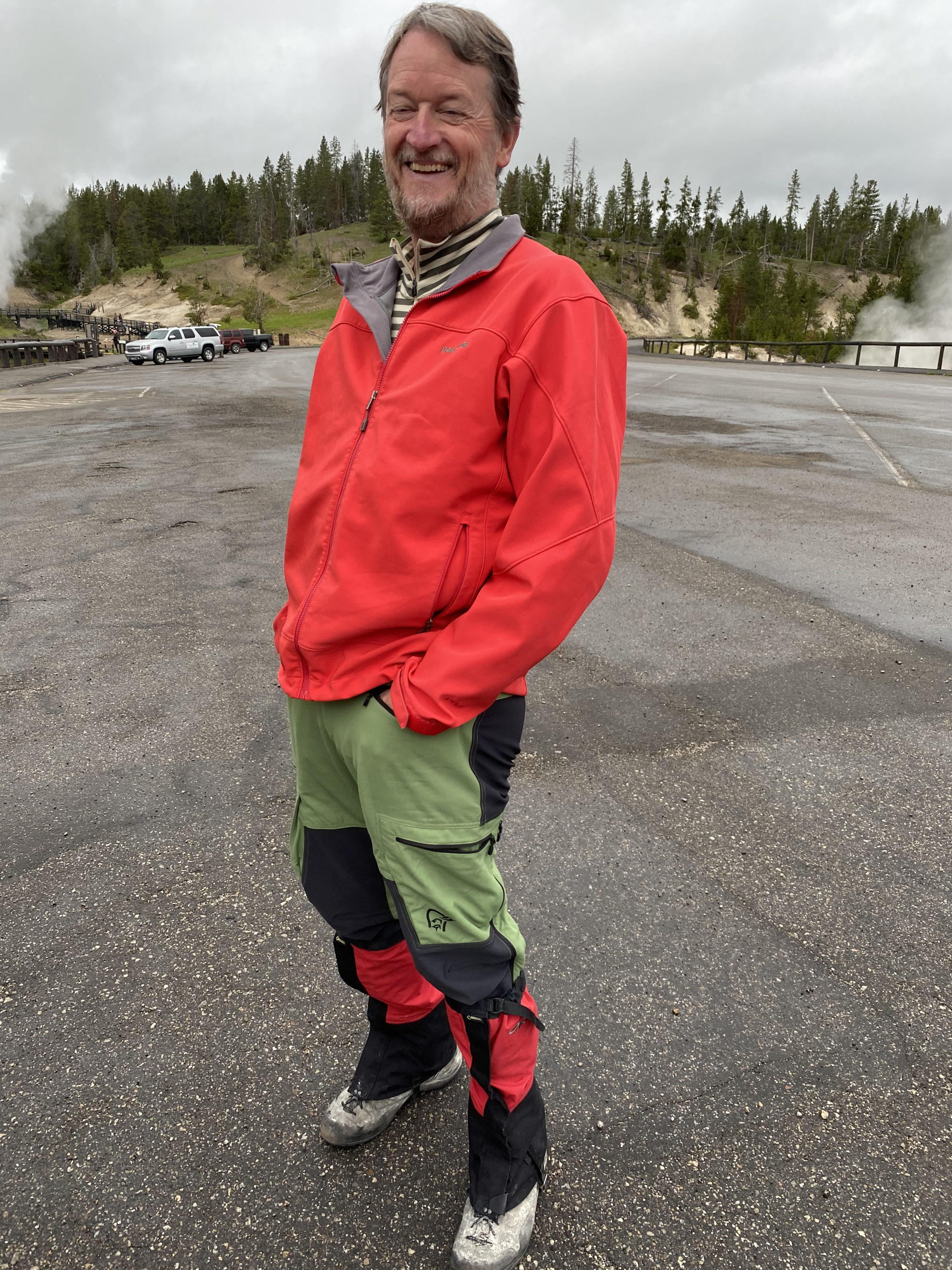
The Microbial Diversity Course
Dedication
Our work is dedicated to the giants whose shoulders we stand upon. One of them was the incredible Dr. Carl Woese, who more accurately described the previous sentence as, “If I have seen further than others, it is because I was looking in the right direction!” Carl definitely looked in the right direction! For that, we, that is all microbiologists/biologists are eternally grateful. Do what Carl did–Challenge Dogma! Another giant was Dr. David Updegraff, Research Professor, Department of Chemistry, Colorado School of Mines; Ph.D. committee member and mentor of mine; subsurface microbiologist–before there was such a thing. Dave viewed the subsurface as a complete, fully alive (with microbes), living ecosystem–before anyone else. The world has seen many wonderful microbiologists leave a lasting impact. Now it is up to all of us to do the same!
GO OUT AND MAKE A DIFFERENCE!
